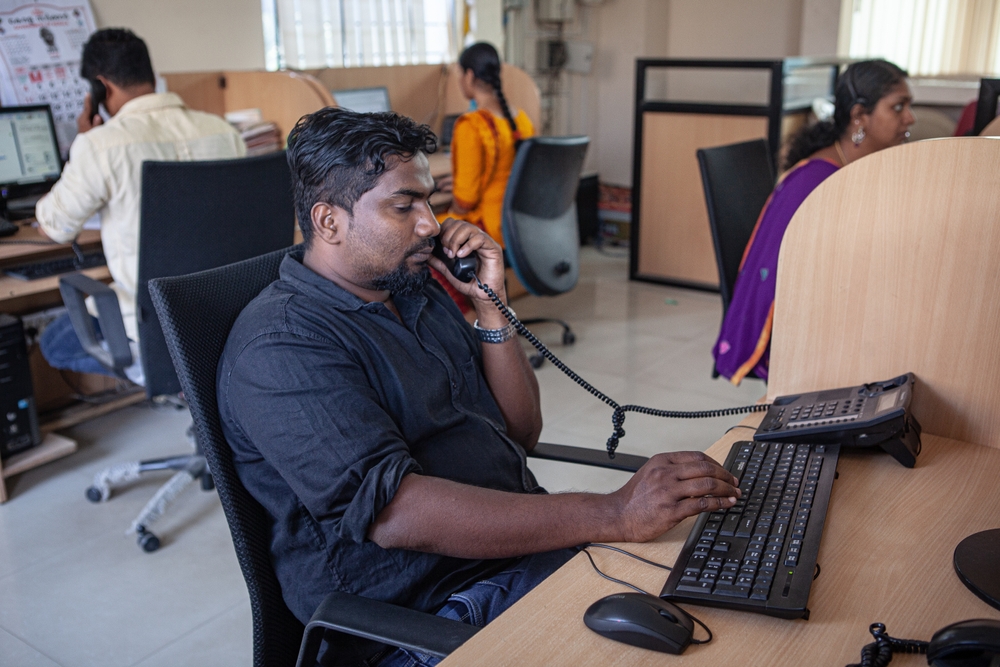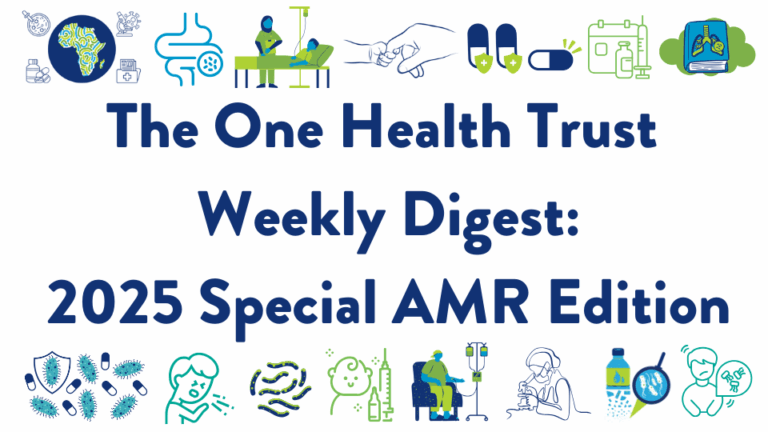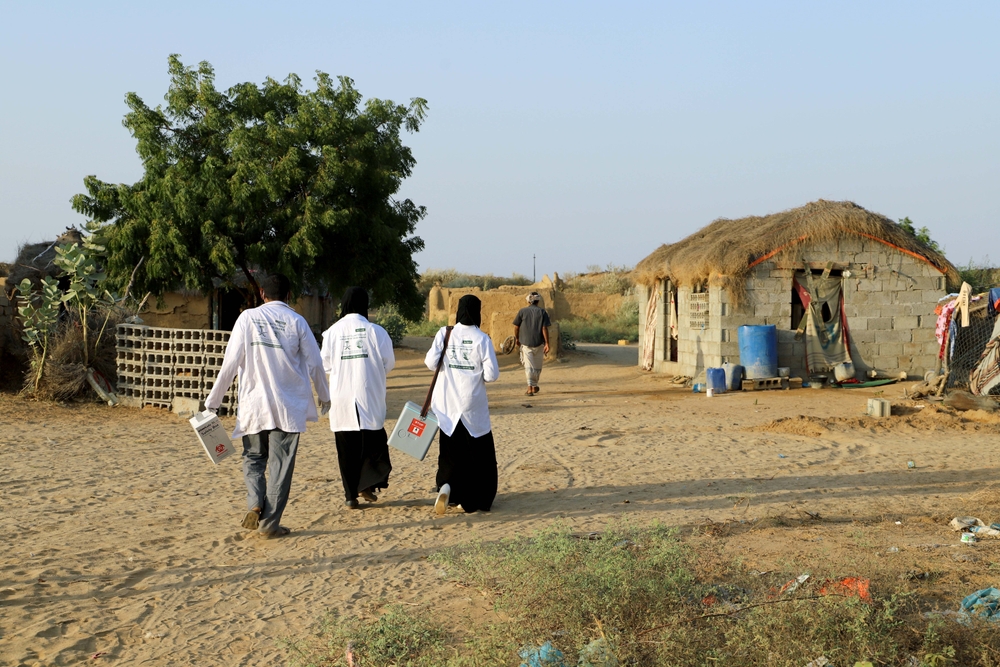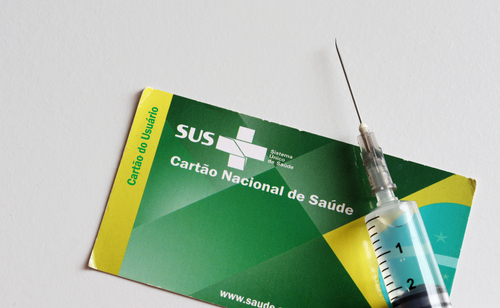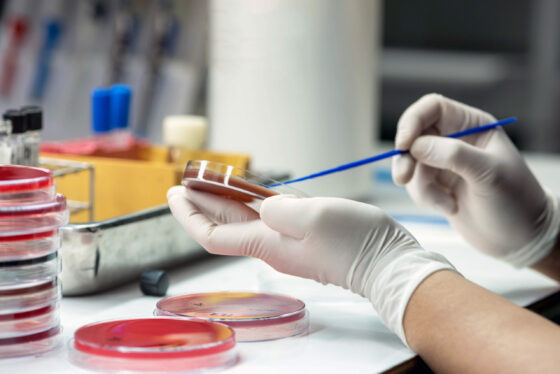October 30, 2015
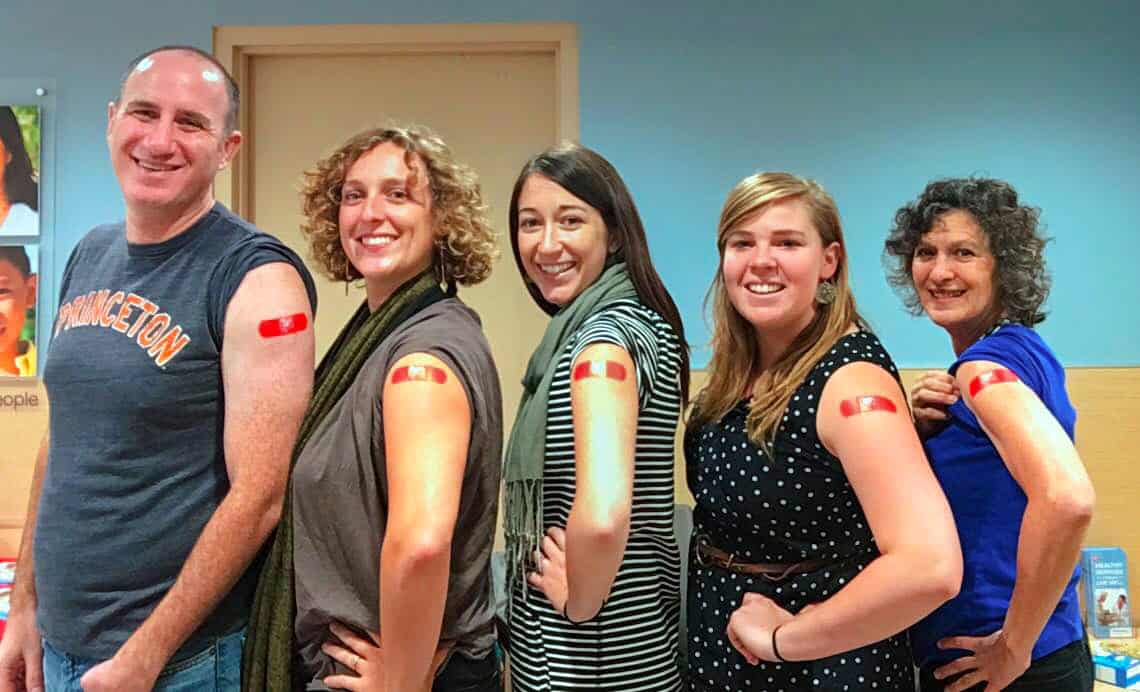
A weekly roundup of news in drug resistance and other topics in global health.
Want to help fight antibiotic resistance this winter? Get a flu shot. On the CDDEP blog, Senior Research Analyst Molly Miller-Petrie writes about CDDEP’s office trip to a local pharmacy to get flu shots. The flu vaccine is an important tool for reducing antibiotic use and, therefore, resistance, in two ways. First, antibiotics are often inappropriately prescribed for cold-like flu symptoms, and second, preventing flu decreases the incidence of pneumonia that occurs as a secondary infection in some patients. So take this as a friendly reminder to get a flu shot this season, and limit the spread of flu and antibiotic resistance at the same time. [CDDEP]
CDDEP Director Ramanan Laminarayan was interviewed for an article in ThinkProgress on the spread of antibiotic resistance in India. The article, which cited data from CDDEP’s ResistanceMap and CDDEP research on “superbug” deaths in Indian infants, noted several factors contributing to the problem, highlighting the rise of unregulated internet pharmaceutical sales. Laxminarayan pointed out that unregulated antibiotic sales in pharmacies and shops are already a major source of inappropriate antibiotic use—and that “internet sales are likely to make this worse.” [ThinkProgress]
Global tuberculosis mortality has nearly halved since 1990—but TB has now surpassed HIV/AIDS as the leading cause of death from infectious disease. According to the World Health Organization’s Global Tuberculosis Report 2015, TB causes 1.5 million deaths worldwide annually, compared with 1.2 million for HIV/AIDS. More than half of the cases are concentrated in just five countries—China, India, Indonesia, Nigeria and Pakistan—and about 3.3 percent of TB cases worldwide are multi-drug resistant. [WHO, The Guardian]
When food producers and restaurants announce they’re switching to “meat raised without antibiotics,” what does it really mean—and why does it matter? Writing in the Washington Post, researcher Tara C. Smith clarifies several misconceptions. She explains that the problem with using antibiotics in animals isn’t antibiotic residue that humans might ingest directly—that is already well regulated. Rather, the issue is the antibiotic-resistant bacteria that arise following dosing, including to antibiotics important in human medicine. These resistant strains can spread among the animal population, then to those in contact with animals and eventually to consumers. Smith further notes that the practice of “no antibiotics ever” does not mean that sick animals cannot be treated for bacterial infections. According to organic labeling regulations and suggested practices, such animals should be treated, but the animals should be sold through a supply chain that allows antibiotic use. [The Washington Post]
The World Health Organization has recommended feasibility trials for the RTS,S malaria vaccine before a decision on large-scale administration is made. For maximum protection—which reaches only about 33 percent—four doses of the vaccine are needed: once per month for three months and once eighteen months later. Giving the final dose, which does not align with any other vaccines currently administered to children in affected countries, may be difficult—hence the recommended pilot trials. The WHO panel recommended three to five large trials that would enroll about one million children to determine whether the vaccine could be successfully administered. [Science News]
Animal antibiotic sales in Europe fell 8 percent between 2011 and 2013, according to the European Medicines Agency’s European Surveillance of Veterinary Antibiotic Consumption (ESVAC). The ESVAC annual report includes data from 26 countries in the European Economic Area. The EMA also launched an interactive tracker of livestock antimicrobial use in Europe to coincide with the report’s release. The tracker and report are both available online. [European Medicines Agency]
Ivermectin, the river blindness drug whose developers won a Nobel Prize this year, may also reduce malaria incidence. Scientists had known that the drug poisons mosquitoes that bite people after treatment (or at least kills malaria parasites in those mosquitoes), but weren’t sure how significant the effect was. In a clinical trial in Burkina Faso, people in some villages received five doses of ivermectin, once every three weeks, while control villages received the standard once-a-year anti-worm dose. Children under five in the five-dose villages had a 16 percent lower incidence of malaria than those in the control villages. [The Economist]
Antibiotics given post-surgery to complicated appendectomy patients may not defend against infections. Researchers at the Los Angeles Biomedical Research Institute assessed records of patients with complicated appendectomies—those where the appendix was gangrenous or perforated. The two-thirds of patients given post-surgical antibiotics were no better protected from wound complications than the patients who were not treated. [LA BioMed, American Journal of Surgery]
CDDEP is hiring Research Analysts for its New Delhi, India office. For more information and to apply, visit jobs.cddep.org.
Want to share interesting news via the digest? Email [email protected]


